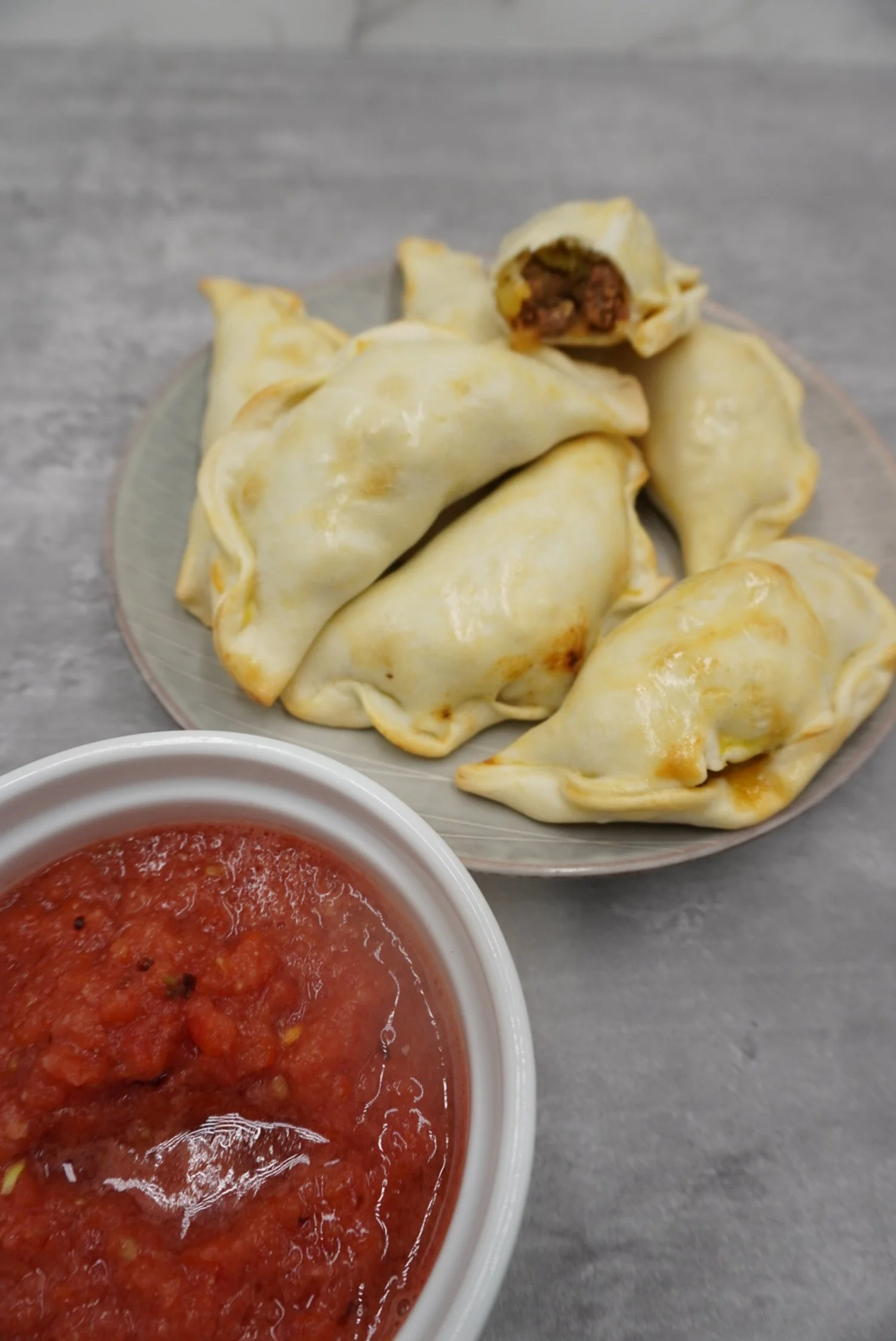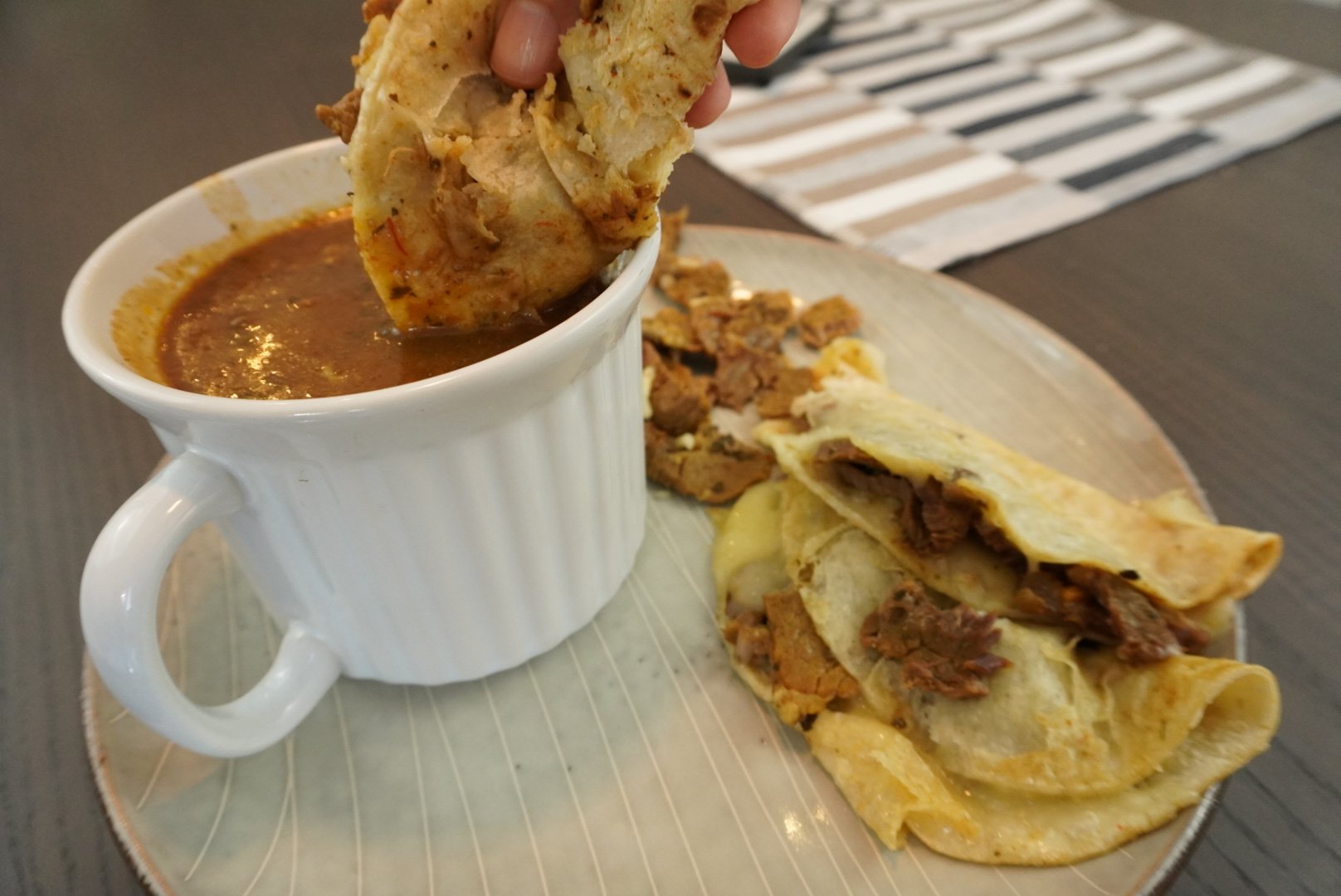This Food in History #9 Apple Pie
Hello and Welcome to yet another episode of This Food in History! Today we are diving into a subject literally because I was laying in bed letting my mind wander and the phrase “As American as Apple Pie” came into my train of thought. So today we are asking, is Apple Pie American?
Let’s get this out of the way, no it’s not. It really isn't. However it does get claimed as such in one of the most American practices there is, just saying it is. Let’s look more into the history.
Let’s step back into the first mention of apples. In 328 BCE, Alexander the Great wrote about them from Kazakhstan and how they appeared dwarfed. Old Alex brings them to Macedonia to cultivate. Asia once again brings us culinary advancements. Spices, noodles, and apples. The Silk road brings apples towards western Europe and then we’re going to make a jump to the 1300s.
This is where we finally learn about apple pie. Pies and tarts have been around for a bit (as we learned in my PAstry video!) but they tend to be more savory and fruit based ones are just starting to emerge. We also want to note this is the time we are using coffins where the pasty coating isn’t meant to be eaten, only the filling inside. This is because sugar isn’t widely available and super expensive. By 1390 we have the first inclusion of an apple pie recipe in a cookbook, The project Gutenberg EBook of the FOrme of Cury by Samuel Pegge. Compiled by the chefs to King Richard II to be presented to Queen Elizabeth by Edward Lord Stafford.
Number XXIII. For To Make Tartys in Applis
Now we get to thank the Dutch for what we have today. The English version doesn’t have the pie casing that we attribute to apple pie but the Dutch bring that to us in the 15th century.
Dutch bakers created lattice-style pastry and began the process of our covered apple pies. This is also possible thanks to sugar being more readily available thanks to more growing and better trade.
So how does it get to America?
When pilgrims settled in America they only had crabapples naturally growing there. If you don’t know, crabapples are sour and pretty shrunken and not great for making pastry or the other thing that Jamestown inhabitants loved, cider. These immigrants brought apple seedlings and cuttings with them and a little husbandry, a little help from European Bees and Johnny Appleseed Chapman and now we see over 14,000 different varieties of apples. All because they loved their cider and trees were also used to claim land.
Apples were already used for pastry and pies as well, but in a bit of distancing act from Britain we also see German and Dutch immigrants influencing British settlers with their apple pies and other pastries made using flaky buttery based crusts. This replaced things like scones and bread puddings.
America waited until 1796 for a cookbook to publish recipes for apple Pie. Amelia Simmons included two separate recipes in American Cookery in this first American cookbook.
Fun facts for this part, in the 1890s, historians at Cambridge Hotel in Washington County New York, state that Professor Charles Watson Townsend dined regularly and had ice cream with his apple pie. Mrs. Berry Hall was dining next to him and asked what it was called. He had no name so she dubbed it Pie a La Mode. This was loved by Professor Townsend and he used it exclusively to order at the Cambridge Hotel. While traveling to the famous Delmonico Restaurant in New York City, he ordered it there and after some confusion and a lecture from the professor it became a regular the next day there. The New York Sun picked up the story and thus a la mode became a thing!
So now we have apple pie and as an easy to make and affordable dish, it’s now a staple in America, but how did the saying “As American as Apple Pie” come into being?
We need to hop, skip, and leap to the 20th century. In 1902 the New York Times places the pie as an “American Synonym for prosperity.” “Pie is the food of the heroic,” it declared. “No pie-eating people can be permanently vanquished.” They kept at it during the first world war with a headline in 1926 “ “The Tourist Apple Pie Hunt Is Ended: American Army Abroad Has Failed Again to Find in Europe ‘the Kind They Make at Home.’” We start seeing the phrase all over, Gettysburg Times ads promoted “New Lestz Suits that are as American as apple pie.” and 1928 in the New York Times, we have an article that describes the homemaking abilities of the First Lady, Lou Henry Hoover and then in WWII it was used by the soldiers. Apple pie was about home and warmth and they were fighting for “mom and apple pie.” Author Frank Shay also equated lynching as being as American as Apple pie as well. In 1945 we hear from food editor Marguerite T. Finnegan who gave advice on fulfilling the family dream of apple pie with wartime shortages. Jessie DeBoth, a cookbook author states in her 1951 book It’s Easy to Be a Good Cook ““[Pie] symbolizes so many things: the energy and effort of the woman [a man] married; her wish to give him the utmost in eating enjoyment; her competence in fitting a pie into her never-ending day of homemaking.” Apple Pie grew into a symbol of America through motherly love, family values, and if anything, a simpler time in the country before urbanization, war and advances changed the way we lived.
Apple pie survived many centuries, wars and long journeys and immigration, while keeping it’s main ingredients stagnant, apples, lemon juice, cinnamon, nutmeg, brown sugar and was used to bring comfort and hope to the American people. Paraphrasing from John Lehndorff of the American Pie Council, It might not have been ours to invent, but we claimed it and turned it America which is really the most American thing of all.
Cites:
https://www.southernliving.com/food/desserts/pies/history-apple-pie
https://www.smithsonianmag.com/smart-news/why-apple-pie-linked-america-180963157
https://www.bhg.com/holidays/july-4th/traditions/why-is-apple-pie-american/
https://theculturetrip.com/north-america/usa/articles/a-brief-history-of-apple-pie-in-america/
https://whatscookingamerica.net/history/piehistory/applepie.htm
https://www.backthenhistory.com/articles/the-history-of-apple-pie
https://manyeats.com/history-of-apple-pie/
https://food52.com/blog/24688-apple-pie-origin-story




